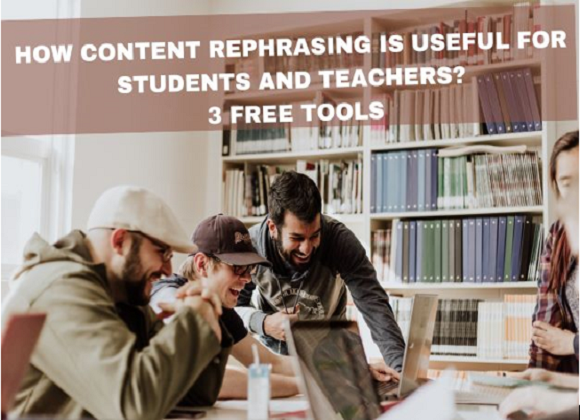Active Learning
Active learning can be defined as learning that is centered around instructional activities that involve students in doing things as well as thinking about what they are doing. By its very nature, since it goes against passive rote learning, it tends to place emphasis on students’ explorations of their attitudes and values. (
Brame, 2016).
I need active learning approaches as my subject is maths, which universally evokes fear. (
Raghunathan, 2012). A passive class where students only memorize the rules and solve problems does not lead to mathematical mindsets in the students and they lose interest. The stress of building a mathematical mindset in higher classes exacerbates the fear and the groove of phobia is created that stays lifelong unless corrected.
My zone is also middle school students and this is where due to all the changes that they go through in the adolescent stage (
Blakemore, 2012), it is all the more necessary to have learning strategies that help them to build a positive relationship with the subject.
‘What do you teachers think of us? You keep teaching without a breather to us’, said some of my grade 6 math students. I felt that they had a point. When we eat, we eat bite-size and give ourselves time to chew and digest the food. Information is mental food and why not give our minds time to absorb and assimilate? Hence was born ‘pause’.
Pause at least once in a 40-minute classroom and encourage students to (1) discuss among themselves what was taught or (2) write everything that they remember from the previous class or (3) think about a question asked and discuss the answer in pairs or (4) make a short journal entry about what they are thinking or feeling about the information given. (Brame, 2016).
The pause gives students the opportunity to absorb and assimilate the knowledge. And articulate it by talking or writing. This is highly useful as it helps break the lesson into byte size work.
Collaborative Tasks
One of the chief skills that we need for a fully functional life is interpersonal, that is, the ability to stay aware of the dynamics involved in a social situation and respond with empathy (
Zhou & Brown, 2015). Collaborative tasks are a mainstay of my maths classes. They are based on the idea of social interdependence, that learners can take help from each other while remaining individually accountable (
Wilson, 2006). This is a very helpful strategy for it allows me to create a set-up where struggling learners can take help from advanced learners in many ways.
The ways in which I have tried it in classes is, (1) pairing students to work together on problems, (2) peer assessment of simple numerical work, (3) a group of 4 to 6 students working on a project together, for example using a clinometer to find height of a building, (4) group of 4 students sitting face to face to solve problems and help each other and (5) a heterogeneous group consisting of students with special needs with others where remedial support was given.
Students loved working in a collaborative space as it gave them a safe zone to ask doubts and clarify issues. It also helped turn me into a facilitator as I was able to make the shift from the giver of knowledge to the manager in the class.
Challenges
While the strategies were great, they were not without their challenges. The pause can turn into students discussing anything but the matter at hand! I sorted it by asking anyone randomly, ‘what did your partner talk about’?
Collaboration can bring all kinds of interpersonal issues from gender bias or racism. They need a very mature mind and heart to be dealt with. It can also lead to noisy classrooms and teachers need to be sensitive to other classes. I dealt with it by having a frank conversation with the students and giving them the ownership for having classes organized around cooperative learning groups. As they were middle school students, they were able to have a dialogue and reason it out. Collaboration was their favoured strategy and they regulated their mannerism to a level where it could be practiced with ease in the class.
Conclusion
It is largely accepted that “…the average child in our society generally prefers a safe, orderly, predictable, organized world, which he can count, on, and in which unexpected, unmanageable or other dangerous things do not happen…” (Zhou & Brown, 2015). As maths is a subject that elicits phobia, we need to pick strategies that allow students a tiny oasis of safety in their world.
About the author
 |
Monica Kochar started her career as a Maths teacher in 1993. She has years of experience as a Maths Curriculum Designer with leading education platforms. This write-up has been reproduced from ' Humane Maths ' with the Author's consent. Any views expressed are personal. |


